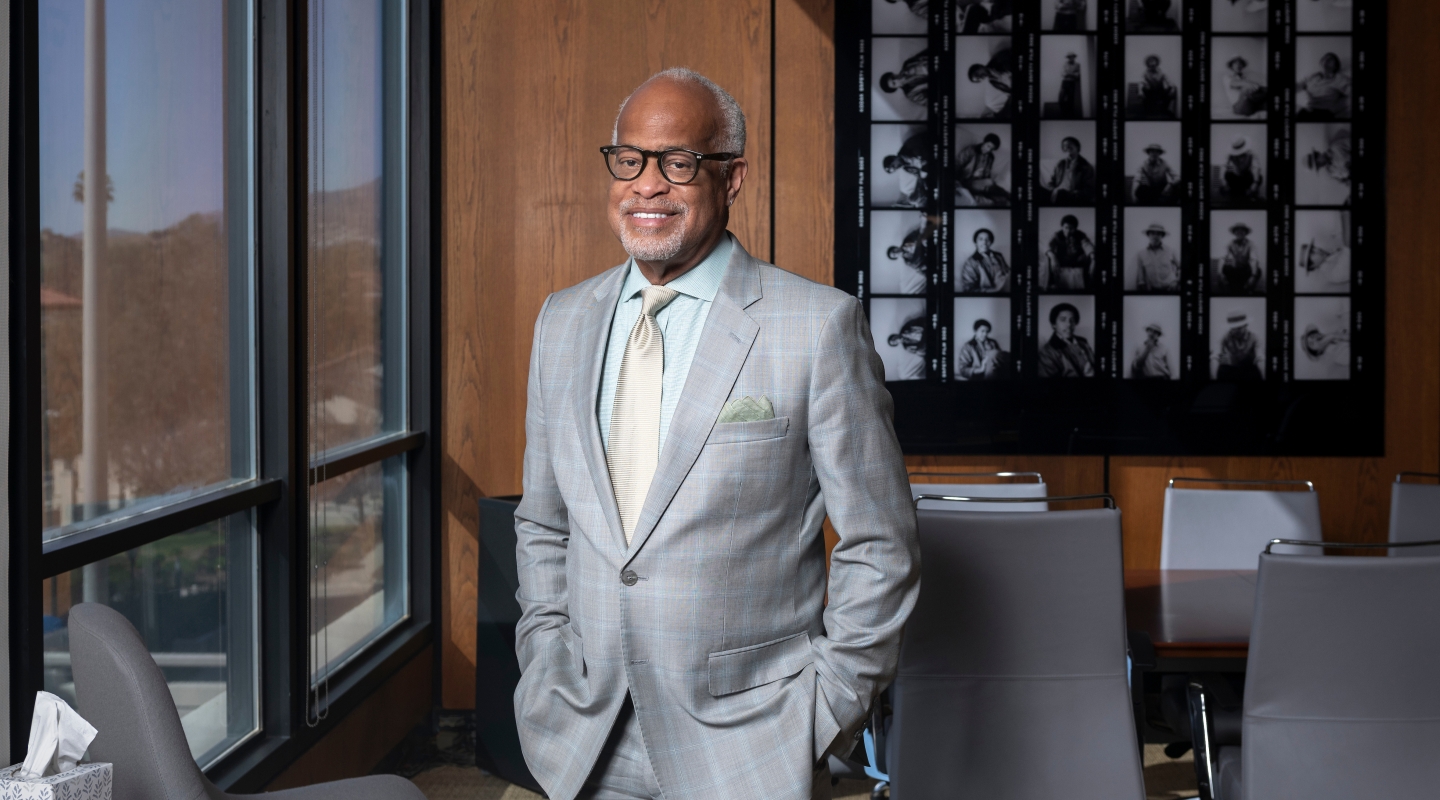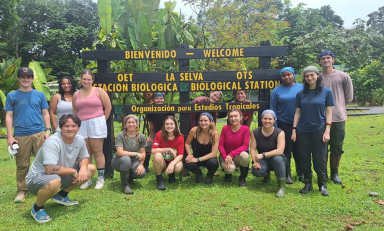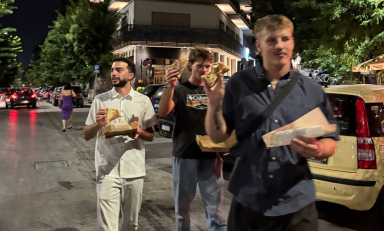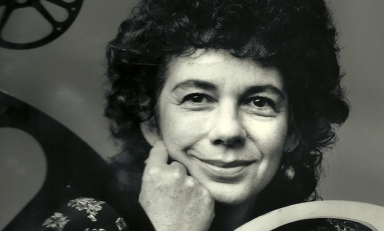On April 8, I delivered my first State of the College speech—what I hope will become an annual event.
In reflecting on all that has transpired this current academic year, taking stock of where we are, and stating our intentions for who and what we aspire to be as a college, I feel a real sense of optimism about Oxy's future.
It is with such hopefulness that this summer we will begin a process of integrated strategic planning that hinges upon collaboration and input from the entire Occidental community—including alumni. One of the overarching objectives is to increase the visibility and reputation of Occidental by vividly articulating and showcasing what exactly makes Oxy so uniquely special as a college and as a community—capturing the Oxy Difference.
To make the most of the Oxy Difference, there are three critical questions that we must answer—questions that will shape our vision and the strategic planning process as a whole.
First, how do we rethink liberal education in ways that will serve Occidental now and in the future? Given the changing demographics and charged social contexts in which higher education operates, our faculty and others elsewhere have begun considering how we might rethink liberal arts education—not merely as a defensive response to social or political “problems” but in the service of a higher vision about who and how we educate. More important now than ever is reimagining the conventional scope of liberal arts to include practical learning and applied knowledge. Thus, rethinking liberal arts education may require fresh juxtapositions of ideas, remixing current thinking and initiatives. Such new harmonies, as I am calling this new interdisciplinarity, may call for a reinvention of relationships and interconnections across fields of inquiry, signaling not an end to disciplinary expertise but support of the cross-fertilization that both Oxy students and faculty seek.
Second, how can we expand upon Occidental’s relationship with Los Angeles? One of the things that makes Oxy unique is its location. Since coming to Occidental, I have learned of the myriad academic, social, and cultural engagements that we have going on in the city, ranging from the arts and government to the environment and the sciences. There are such dynamic possibilities for the future. But these College interactions with the city need to be honestly reciprocal, not unidirectional. We want to keep asking and ultimately addressing not only what the city of Los Angeles can do for Oxy but what Occidental can offer the city. How do we establish enduring and mutually beneficial relationships between the College and the city?
Finally, how do we support the health and well-being of students today? To be sure, buffeted by the social, cultural, technological, and racial strife of this moment, students have encountered new levels of anxiety and stress. Mental health is a major concern, accentuated by the pandemic and its isolation. Most certainly, we will need to think more holistically, with increasing focus on the integration of residential and curricular experiences, recognizing that so much learning happens outside of the classroom. We know that our students, regardless of what field they enter, want to make an impact in the world but we also want them to take care of themselves in order to do the work they want to do. We must continue to look for ways to support and encourage this worthwhile quest, which is really a yoking of both personal and professional aspirations.
This third question is also key to the Equity and Justice Agenda that I announced in March. Under this agenda, we envision a College where equity and justice are intertwined with academic excellence and recognized as core institutional tenets that inform how we actualize Oxy’s mission. The College’s pursuit of equity and justice is not defined by a fixed outcome or destination but is a continuous process involving the whole community. This is no idle, abstract, or political aim: We will move expeditiously to enhance and reaffirm a campus community where every student, staff, and faculty member recognizes that they are seen, that their interests are valued, and that they know they belong.
Knowing that our students will be coming back in the fall, we have good reason to celebrate. With the development of our integrated strategic plan, we have good reason to dream. And with your partnership and support, we have good reason to envision. Let us embrace this critical time and seize the opportunity contained in this profound moment in our history.




